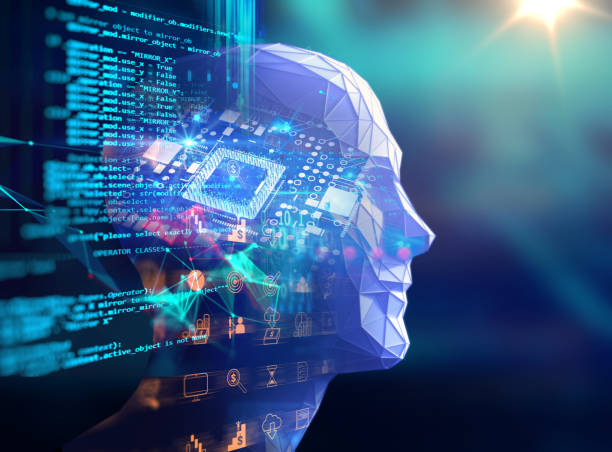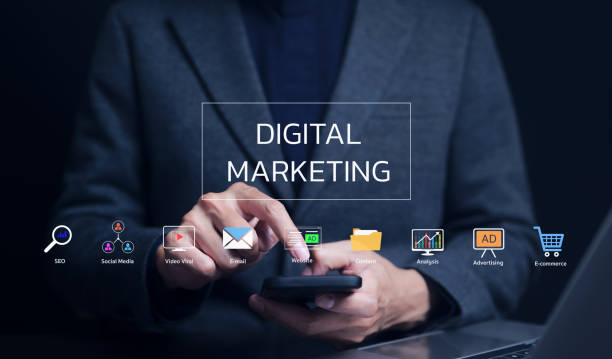What is On-Page SEO and Why Does It Matter?

On-Page SEO refers to a set of actions you take within your website to increase your site’s ranking in search engines like Google.
These actions include optimizing content, site structure, HTML tags, and more.
The importance of On-Page SEO stems from the fact that it helps search engines better understand your site’s content and match it to users’ needs.
Without proper On-Page SEO, even with the best content, you may not achieve a good ranking in search results.
Internal linking ahrefs.com is also an important aspect of on-page SEO.
In fact, On-Page SEO is the foundation for SEO success.
Imagine building a house; if its foundation is not strong, no matter how beautiful its facade is, it will eventually collapse.
On-Page SEO plays the same role for your website.
A site with strong On-Page SEO has a greater potential to attract organic traffic and convert visitors into customers.
In short, On-Page SEO involves optimizing all the elements within your website that affect rankings in search engines.
By focusing on this aspect of SEO, you can increase the chances of your website being seen in search results and reaching your target audience.
To get started with On-Page SEO, the first step is to understand its basic concepts.
#Keywords are important in on-page SEO.
Are you unhappy with the low conversion rate of visitors to customers on your online store?
Solve this problem forever with professional online store design by Rasaweb!
✅ Increase visitor-to-customer conversion rates
✅ Create excellent user experience and gain customer trust
⚡ Get free consultation
Keyword Research – Finding Hidden Treasures
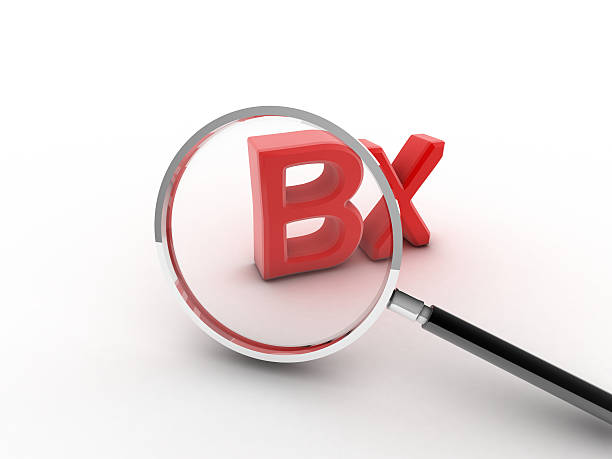
Keyword Research is the process of identifying the words and phrases that users use in search engines to find the information, products, or services they are looking for.
This process is one of the main pillars of On-Page SEO, as it helps you understand what your target audience is looking for and how to optimize your content based on their needs.
moz.com
To perform keyword research, you can use various tools such as Google Keyword Planner, Ahrefs Keywords Explorer, SEMrush, and Ubersuggest.
These tools provide you with information about keyword search volume, competition, and related keywords.
Using this information, you can select the appropriate keywords to target in your content.
Using Long-Tail Keywords can also be very helpful, as these keywords usually have less competition and help you attract more targeted traffic.
In addition, it is important to use keywords naturally and in the right place in your content.
Avoid overusing keywords (Keyword Stuffing), as this can negatively impact your site’s ranking.
Instead, try to intelligently place keywords in your titles, main text, meta descriptions, and ALT tags for your images.
On-Page SEO requires careful research.
Title and Meta Description Optimization – First Impressions Matter
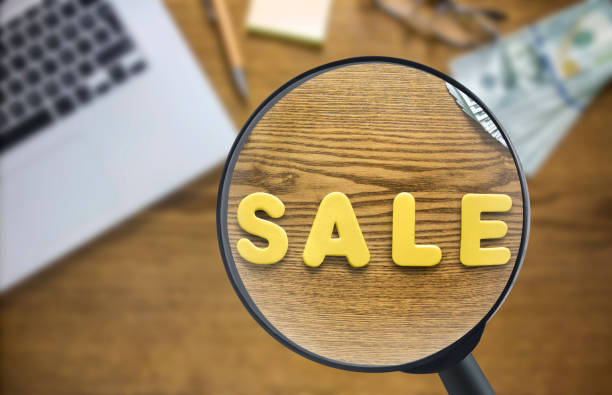
The Title Tag and Meta Description are two important elements in HTML that are displayed in search results and play an important role in attracting user clicks.
The page title should be concise and attractive and clearly describe the content of the page.
Also, it is better to put your main keyword in the page title.
The meta description should also briefly and attractively describe the content of the page and encourage users to click.
Optimizing the title and meta description is a vital aspect of On-Page SEO, as these two elements are the first thing users see in search results.
An attractive and relevant title and meta description can significantly increase your website’s click-through rate (CTR).
The length of the title should be between 50 and 60 characters, and the length of the meta description should be between 150 and 160 characters.
Also, it is important that the title and meta description of each page are unique and avoid copying them.
In addition, using relevant keywords in the title and meta description can help search engines better understand the content of your page and display it in relevant search results.
However, avoid overusing keywords and try to write the title and meta description naturally and fluently.
On-Page SEO is completed with attractive titles and descriptions.
Table of Important HTML Elements for SEO
| HTML Element | Description | Importance in SEO |
|---|---|---|
| Title Tag | The title of the page that is displayed in search results. | Very High |
| Meta Description | A brief description of the page that is displayed in search results. | High |
| Heading Tags (H1-H6) | Main and sub headings of the content. | Medium |
| Alt Text (Image) | Alternative descriptions for images. | Medium |
Content Optimization – Content is King
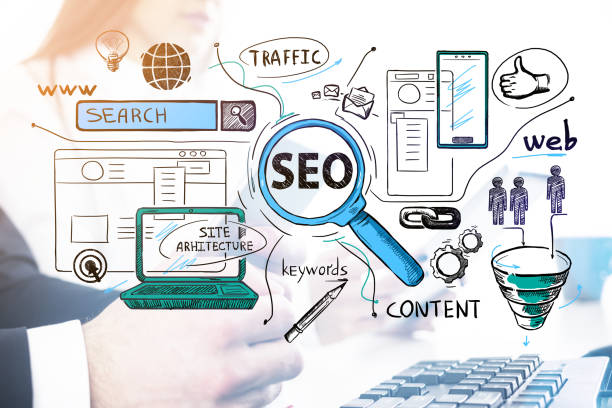
Content is the heart of your website and plays an essential role in attracting and retaining audiences.
Content Optimization means creating high-quality, valuable, and relevant content to meet user needs.
Your content should answer user questions, solve their problems, and provide useful information.
To optimize content, you must first identify your main keywords and then create your content based on these keywords.
However, it is important to avoid overusing keywords and try to write your content naturally and fluently.
Also, your content should be easy to read and understand.
Use short paragraphs, subheadings, and images to improve content readability.
backlinko.com
In addition, your content must be unique and original.
Avoid copying other people’s content, as this can negatively impact your site’s ranking.
Instead, try to create your content based on your own knowledge and experience.
Quality and relevant content is one of the most important factors in On-Page SEO.
On-Page SEO is meaningless without quality content.
Are you annoyed by losing customers who have visited your site to purchase?
Rasaweb is your specialized solution for having a successful online store.
✅ Significant increase in your online sales
✅ Creating trust and professional branding with customers⚡ Get free consultation from Rasaweb experts!
Image Optimization – A Picture is Worth a Thousand Words
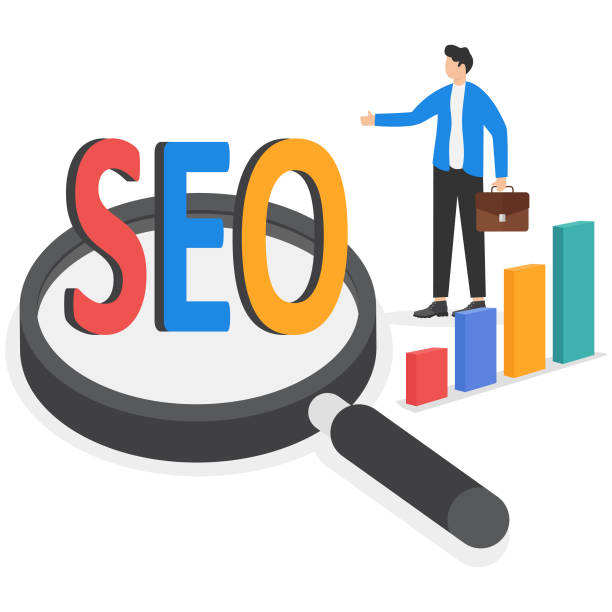
Images play an important role in the attractiveness and engagement of users with your website.
Image Optimization means reducing image size, using the appropriate format, and adding ALT tags to them.
High image size can slow down your website’s loading speed and affect the user experience.
To reduce image size, you can use image compression tools.
Also, it is better to use JPEG format for images with many colors and PNG format for images with few colors.
ALT Tag (Alternative Text) is an alternative text for images that is displayed if the image fails to load.
Also, search engines use the ALT tag to understand the content of the image.
Therefore, it is important to fill in the ALT tag with accurate and relevant descriptions for each image.
Using relevant keywords in the ALT tag can also help improve your site’s ranking.
Image optimization is an important aspect of On-Page SEO that is often overlooked.
By optimizing images, you can increase your website’s loading speed, improve the user experience, and increase your site’s ranking in search results.
On-Page SEO is completed with optimized images.
Proper URL Structure – Choose the Right Path

The URL (Uniform Resource Locator) structure of your website plays an important role in SEO and user experience.
A proper URL structure should be short, descriptive, and contain relevant keywords.
URLs should be easy to read and understand and help users and search engines understand the content of the page.
It is better to avoid using capital letters, spaces, and special characters in URLs.
Use hyphens (-) instead of spaces.
Also, try to keep URLs as short as possible.
Long URLs can be difficult for users and search engines.
In addition, it is important that the URL structure of your website is logical and hierarchical.
This means that URLs should reflect the overall structure of your website and help users easily navigate your site.
A proper URL structure helps search engines better understand your site and display it in relevant search results.
On-Page SEO improves with a proper URL structure.
Internal Linking – Linking to Success

Internal Linking means creating links between different pages of your website.
This helps search engines better understand your site structure and identify important pages.
Also, internal linking helps users easily navigate your site and access the content they want.
For internal linking, try to use descriptive and relevant anchor texts.
The anchor text is the text that is linked to another page.
Avoid using general anchor texts such as “Click Here”.
Instead, use anchor texts that briefly describe the content of the destination page.
In addition, it is important to place links naturally and in the right place in your content.
Avoid overdoing internal linking.
Instead, try to place links where they are useful to users and help them learn more.
Internal linking is one of the most important aspects of On-Page SEO that can help improve your site’s ranking.
On-Page SEO is completed with internal linking.
Table of Internal Linking Strategies
| Linking Strategy | Description | Advantages |
|---|---|---|
| Link to Related Pages | Linking to pages that have similar or complementary content. | Improves user experience, increases time spent on site, strengthens site structure. |
| Link to Important Pages | Linking to pages that you want to rank higher. | Increases the credibility of important pages, improves ranking in search results. |
| Use Appropriate Anchor Text | Use relevant keywords in the link text. | Improves search engine understanding of page content, increases page relevance to keywords. |
Site Loading Speed – Patience is Golden, But Not on the Internet

The loading speed of your website is one of the important factors in user experience and your site’s ranking in search results.
Users expect websites to load quickly, and if a website loads slowly, users are more likely to leave it.
Google also considers site loading speed as a ranking factor.
To increase your site’s loading speed, you can use various methods such as image optimization, enabling Gzip compression, using CDN (Content Delivery Network), and reducing the number of HTTP requests.
Also, it is important to use a quality hosting that has high speed and stability.
developers.google.com
Various tools such as Google PageSpeed Insights and GTmetrix are available to help you test your site’s loading speed and identify potential problems.
By fixing these problems, you can improve your site’s loading speed and enhance the user experience.
High site speed helps improve On-Page SEO.
Are your online sales not as expected? With Rasaweb, solve the problem of low sales and poor user experience forever!
✅ Increase visitor-to-customer conversion rates
✅ Create a pleasant user experience and increase customer trust
⚡ Act now to get free advice!
Responsive Design – Compatibility with All Devices
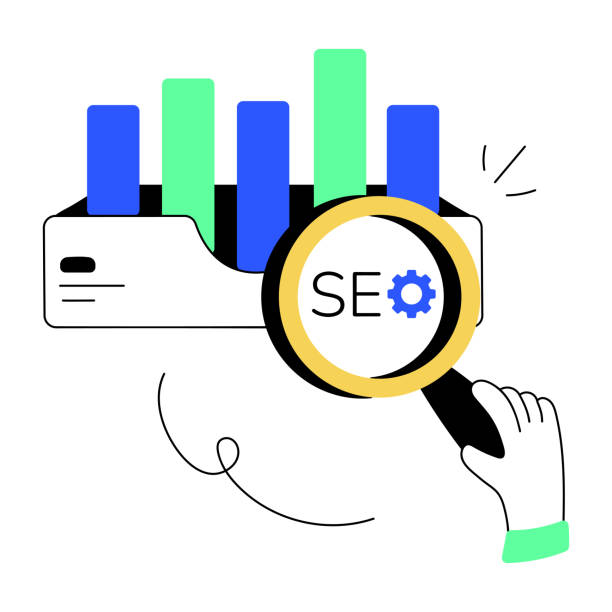
Responsive Design means designing a website that automatically adapts to the screen size of different devices such as computers, tablets, and mobile phones.
Considering that many users today access the Internet via mobile phones, responsive design is essential for any website.
A responsive website should be easily viewable and usable on all devices.
Texts should be large enough to be easily read, images should be displayed correctly, and navigation elements should be easy to use.
Responsive design not only improves the user experience, but also helps improve your site’s ranking in search results.
Google considers responsive design as a ranking factor, and websites that do not have responsive design may have a lower ranking in search results.
Therefore, if you want your website to rank well in search results, you must use responsive design.
Responsive design is an important part of On-Page SEO.
Continuous Review and Improvement – The Endless Journey of SEO

On-Page SEO is a continuous process and should not be done once and abandoned.
After taking On-Page SEO measures, you should regularly review the performance of your website and make necessary changes if needed.
To do this, you can use various tools such as Google Analytics and Google Search Console.
Google Analytics provides you with information about website traffic, user behavior, and the performance of different pages.
Using this information, you can identify the strengths and weaknesses of your website and improve your On-Page SEO strategy.
Google Search Console also provides you with information about how your website is seen in search results, the keywords that users use to reach your site, and potential technical problems.
By using these tools and continuously reviewing the performance of your website, you can improve your site’s On-Page SEO and increase your site’s ranking in search results.
On-Page SEO is an endless journey towards continuous improvement.
Continuous optimization is very important for On-Page SEO.
On-Page SEO is a process that needs to be updated.
Frequently Asked Questions
| Question | Answer |
|---|---|
| What is On-page SEO? | On-page SEO refers to the set of actions that are performed inside your website to improve its ranking in search engine results. This includes content optimization, site structure, and HTML code. |
| Why is on-page SEO important? | On-page SEO helps search engines understand the content of your page and determine whether your content is relevant to searchers or not. It is the foundation of any successful SEO strategy. |
| What are the key elements of on-page SEO? | Page Title (Title Tag), Meta Description, Keyword Usage, Image Optimization, Heading Structure (H1, H2, …), Internal Linking, and Content Quality are key elements. |
| How to optimize the page title (Title Tag)? | The page title should include the main keyword, be attractive and encourage clicks, and its length should be between 50 and 60 characters (or appropriate pixels) so that it is fully displayed in search results. |
| What role does the Meta Description play in on-page SEO? | The meta description is a summary of the page content that is displayed below the title in search results. Although it does not directly affect ranking, it helps SEO by increasing the click-through rate (CTR). |
| What is the importance of using a heading structure (H1, H2, H3) in on-page SEO? | Headings structure the content of the page and make it easier to read. H1 is usually the main title of the page and should include the keyword. H2 and H3 are used to organize subsections and help search engines understand the hierarchy of content. |
| How to use keywords effectively in content? | Keywords should be used naturally and logically throughout the content, including the introduction, body, and conclusion. Avoid over-filling keywords (Keyword Stuffing). |
| What are the steps involved in optimizing images for on-page SEO? | It includes compressing images to reduce size, using descriptive file names, adding appropriate alternative text (Alt Text), and optimizing the image title and description. Alt Text is critical for accessibility and helping search engines understand image content. |
| What is Internal Linking and what are its benefits? | Internal linking means creating links from one page on your website to another page on the same website. This helps users easily navigate your site, distributes page credibility throughout the site, and helps search engines better understand your site structure. |
| What is the importance of content quality in on-page SEO? | High-quality, accurate, comprehensive, and valuable content for users is the cornerstone of on-page SEO. Search engines prefer content that meets the needs of users. Quality content leads to longer user dwell time on the site and lower bounce rates, which are positive SEO signals. |
And other services of Rasa Web advertising agency in the field of advertising
Intelligent Data Analysis: An exclusive service for growing customer acquisition based on attractive user interface design.
Intelligent Conversion Rate Optimization: A fast and efficient solution for digital branding with a focus on SEO-driven content strategy.
Intelligent Direct Marketing: A creative platform to improve SEO ranking with marketing automation.
Intelligent Direct Marketing: A new service to increase digital branding by optimizing key pages.
Intelligent Sales Automation: Professional optimization to increase click-through rates using dedicated programming.
And more than a hundred other services in the field of internet advertising, advertising consulting and organizational solutions
Internet Advertising | Advertising Strategy | Advertorial
Resources
Website internal SEO factors that you should pay attention to
,What is website internal SEO and how should website internal SEO be done?
,On-Page SEO Guide
,What is internal SEO? Comprehensive On Page SEO site guide
? To upgrade your business in the digital world, Rasaweb Afarin Digital Marketing Agency offers innovative and effective solutions. Are you looking for personal website design?
📍 Tehran, Mirdamad Street, next to the Central Bank, Southern Kazerun Alley, Ramin Alley No. 6


